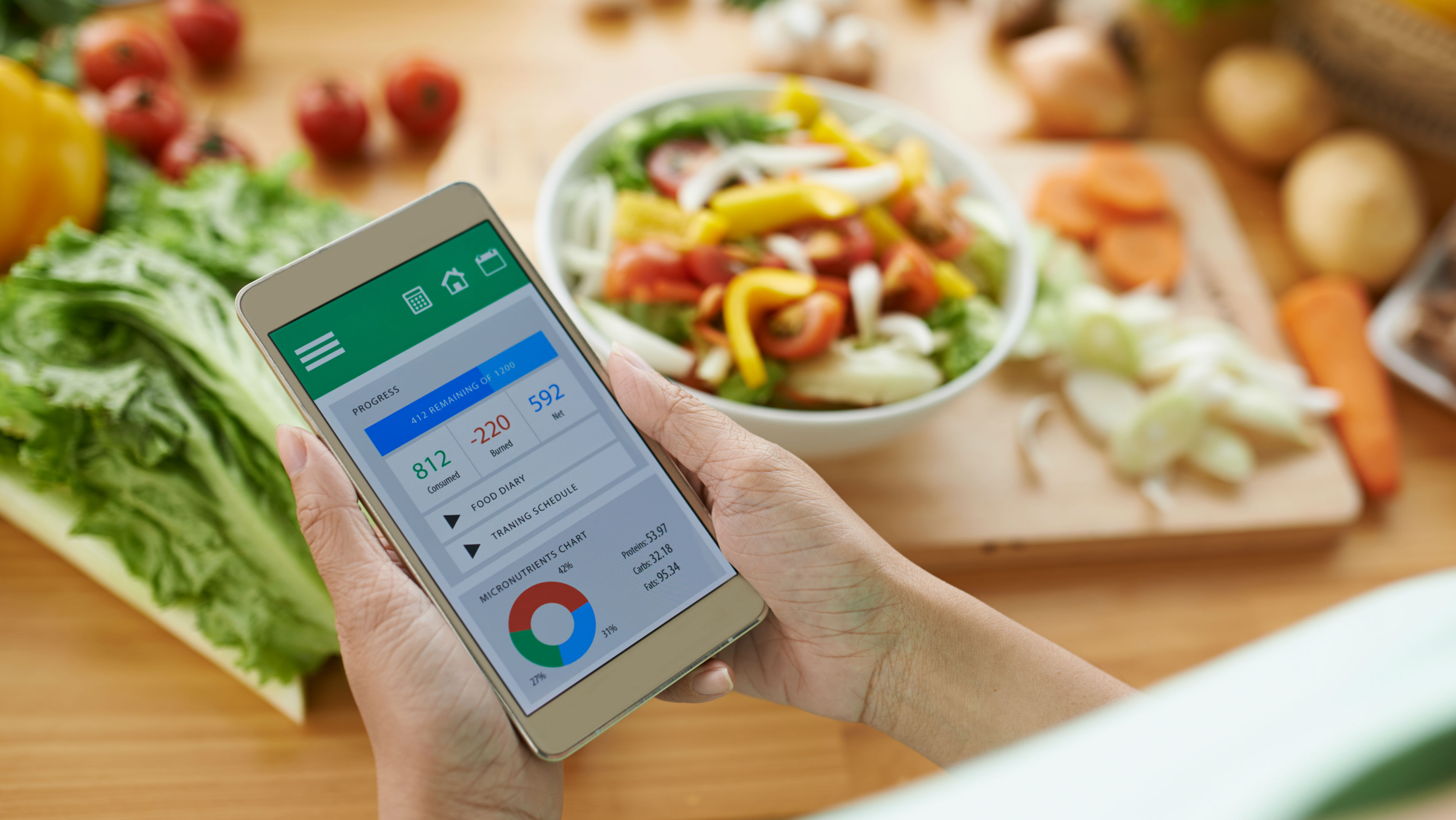By: Jeremy Partl, RD
Weighing and measuring food is not something that needs to be done all of the time. If you are a competitive bodybuilder going through contest prep, or a powerlifter dropping a weight class, having a high degree of accuracy and consistency is vital.
For people who aren’t competitive athletes, there is also value in tracking at certain stages of your journey. When you are starting out, tracking helps you give you awareness of your overall calorie intake as well as understand the effect that your eating habits have on your body
Additionally, at some points, it may be useful to once again track your food and weight. These time points occur intermittently such as when you go through dieting phases, as a “check in” to evaluate why progress might have ceased, or as a “refresher” to ensure the habits you’ve picked up are still serving you the way you think they are.
However, during the other times of life, you can be more relaxed and use general guidelines, estimations, and eye-balling tactics to be consistent with your food intake.
Why you should weigh foods instead of measuring their volume
Measurements of food volume are often inconsistent in comparison to weight. One cup of the same food can produce very different values depending on the form of the food, how you pack the food into the cup, and whether the cup is level or not.
For example, a cup of diced apples, apple slices and a cup of pureed apples have different nutritional profiles, as it takes a different amount of apples to produce that cup measurement. It may take ¾ of an apple to get the cup of diced apples, ½ an apple to get the slices, and 1 whole apple to get the pureed apples.
Also, cups are not uniformly manufactured. The food label might say “1/2 cup oats (40 g)”, but when you actually use the cup you have at home and weigh the oats out, the scale reads 54 g, or 45 g. Your cup at home also would be different from the one you may have at your girlfriend’s apartment.
Finally, measurements may be affected by using either dry or liquid measuring cups. Using a liquid measuring cup to measure cereal will most likely result in inaccurate measurements.
Thus, as a rule, to ensure accuracy, weigh foods when possible.
How to Weigh Foods
Picking up a digital kitchen scale is essential to weighing your foods. You can one from $10 to $30 in most stores in the U.S. or online, and all you have to do is just make sure that the batteries don’t run out.
You don’t want one of those non-digital scales that are loaded with a little rubber band because they are very inaccurate.
Additionally, it’s a good idea to weigh foods in their uncooked state. How long a food is cooked for affects how much moisture it retains. A food with higher water content before cooking weighs more, but it has the same nutrition profile after it is cooked when it weighs less after the water has evaporated from cooking. Since you won’t always cook foods for the exact same length of time, a good way to ensure consistent measurement and tracking is to weigh foods prior to cooking.
How to Track Food
This can be done on a digital spreadsheet, with a piece of paper and a pen, or using an integrated online food database (which is probably the easiest and most convenient). Some popular databases are MyFitnessPal, LiveStrong, FitDay, MyMacros, and CalorieKing, but there are many others.
These computer-based applications can also usually be accessed on a smart phone which is useful while traveling, going out to eat, going to a grocery store, or eating anywhere else outside of your normal element.
Just be aware that there can be mistakes in these databases, due their reliance on user input. So anything you consume often is worth checking in multiple places.
